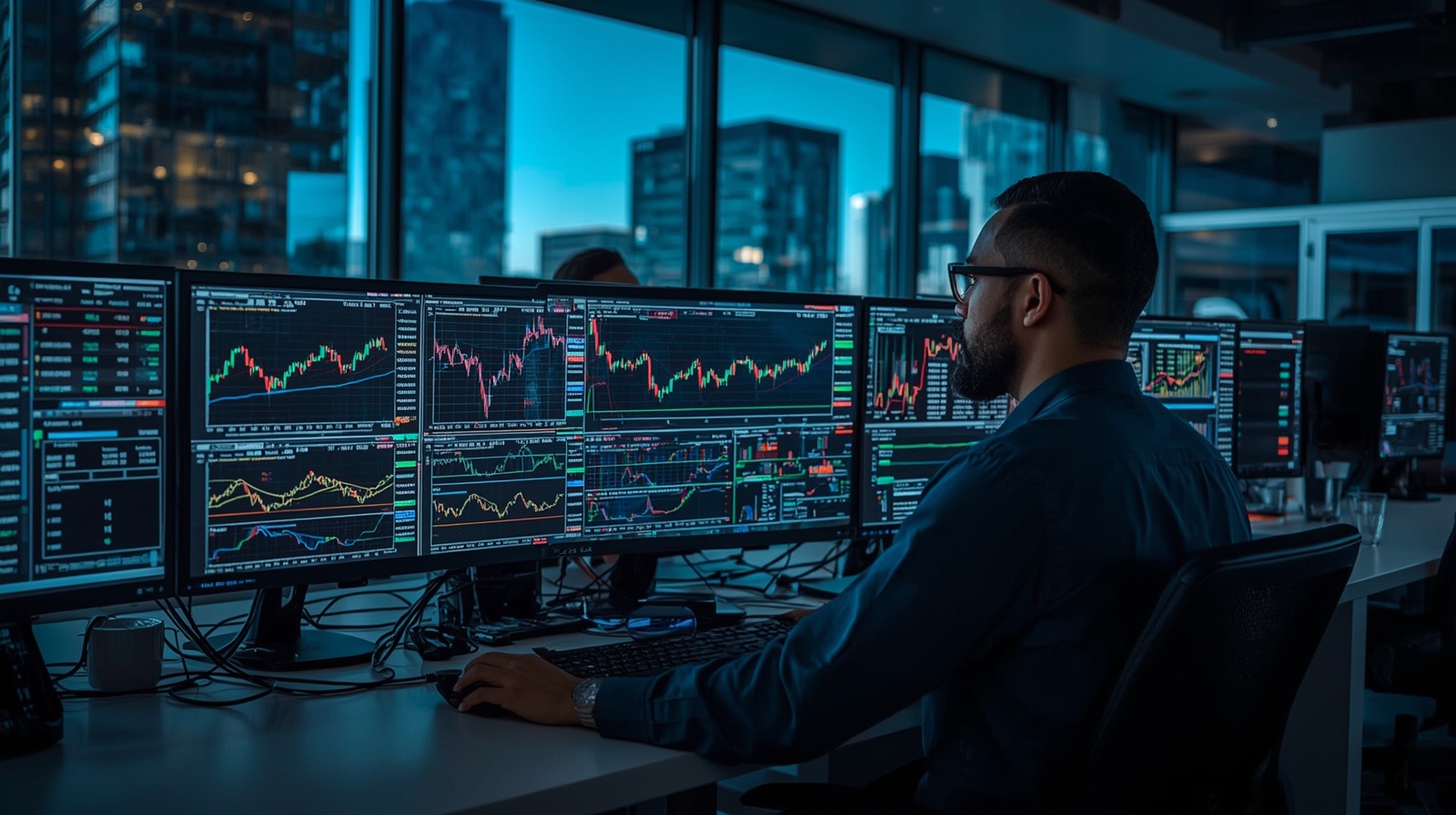1. What is Trading?
Trading is the act of buying and selling financial assets such as stocks, currencies, commodities, and derivatives to profit from price differences. It can be conducted electronically via online platforms or through traditional exchanges, encompassing a wide range of assets and markets for traders and investors[2][3].
2. The Importance of Trading in the Economy
Trading plays a central role in the global economy by providing liquidity to financial assets, facilitating capital raising for companies and governments, and enabling effective risk management and distribution. It also ensures fair price discovery based on supply and demand, enhancing market transparency[2][5].
3. Types of Financial Markets
There are several types of financial markets where trading occurs:
- Stock Market: Trading shares of companies.
- Bond Market: Trading government and corporate debt securities.
- Foreign Exchange Market (Forex): Trading currencies.
- Commodity Market: Trading physical goods like gold and oil.
- Derivatives Market: Trading futures and options contracts.
- Cryptocurrency Market: Trading digital currencies like Bitcoin and Ethereum.
4. Online Trading Platforms
With technological advancements, online trading has become the most common method for traders. Online platforms and mobile apps allow users to buy and sell assets anytime, anywhere, and provide advanced analytical tools for market analysis[3].
5. Trading Strategies
Traders use various strategies depending on their goals and experience:
- Day Trading: Buying and selling assets within the same day.
- Swing Trading: Holding assets for several days or weeks.
- Long-Term Trading: Holding assets for extended periods, sometimes years.
- Automated Trading: Using computer programs to execute trades automatically based on predefined rules[1].
6. Technical and Fundamental Analysis
Successful trading relies on two main types of analysis:
- Technical Analysis: Focuses on price movements and chart patterns to predict future trends.
- Fundamental Analysis: Examines economic and financial factors to determine the intrinsic value of assets[3].
7. Key Trading Indicators
Technical indicators help traders make informed decisions. The most popular include:
- Simple Moving Average (SMA)
- Exponential Moving Average (EMA)
- MACD
- RSI
- Bollinger Bands
- Fibonacci Retracement
| Indicator | Purpose |
| SMA/EMA | Identify the overall price trend |
| MACD | Detect momentum and trend changes |
| RSI | Identify overbought and oversold conditions |
| Bollinger Bands | Measure market volatility |
| Fibonacci | Identify support and resistance levels |
8. Risk Management in Trading
Risk management is essential for trading success. Traders must determine their risk tolerance and use tools like stop-loss and take-profit orders to limit losses and protect capital[1].
9. Tips for Beginner Traders
- Learn the basics of trading before investing real money.
- Use demo accounts to practice without financial risk.
- Develop a clear trading plan and stick to it.
- Avoid random trading and follow well-defined strategies.
- Monitor economic news and global events affecting markets.
- Learn from your mistakes and adapt to market changes.
10. The Future of Trading
Trading continues to evolve with advances in artificial intelligence and blockchain technology. Algorithms are increasingly used to execute trades and analyze data, while cryptocurrency trading has become an integral part of the global financial landscape, opening new opportunities for traders and investors[1].
Successful trading requires not only knowledge but also discipline, risk management, and continuous learning.




